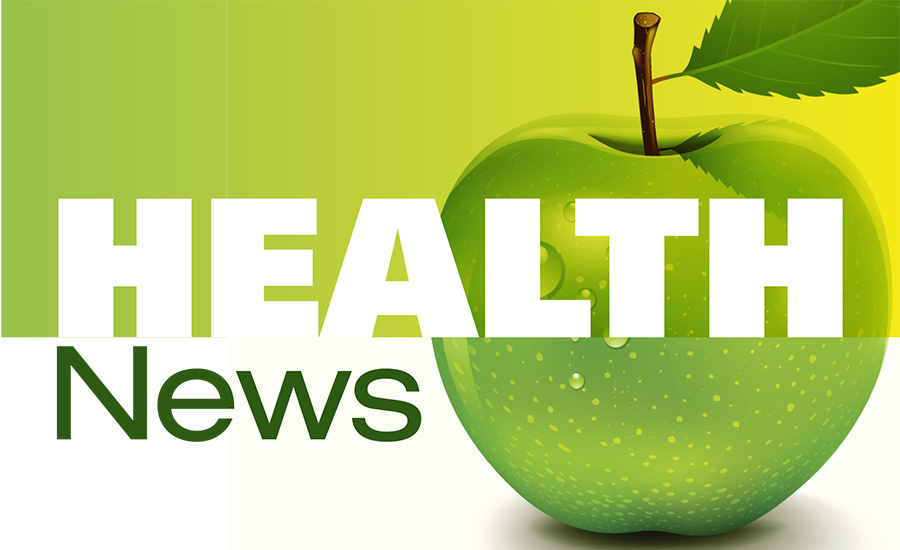In 1997, hundreds of elementary school children in Michigan contracted Hepatitis A from a contaminated strawberry dessert served in the school’s cafeteria. Immediate effects included vomiting, high fevers, body aches, headaches, and abdominal painting. Among the long-term effects: hair loss, fatigue and shingles.
While awareness of foodborne illness has risen in the last two decades, parents still need to remain vigilant about food safety for the children’s lunches – whether packed at home or purchased in the school cafeteria.
Stop Foodborne Illness, a food safety advocacy organization, has some tips to help keep school lunches safe:
For lunches that you pack at home:
- Wash your hands thoroughly, and keep all the surfaces you’re working on clean.
- Encourage your child to wash their hands, before AND after eating their lunch. Hand-washing with soap and water is best, but a hand sanitizer or wipe with 60% alcohol will work in a pinch.
- Keep in mind the bacteria danger zone. The temperature “danger zone” of 40°-140° F is where bacteria grow most rapidly.
- Use an insulated lunch box. Whether hard-sided or soft, this helps keep cold foods cold and hot foods hot until it’s time to eat them. Food safety experts agree: This is a “must have” item. Using an insulated box will help keep your child’s food out of the bacteria “danger zone.”
- Hot: Use an insulated thermos. Hot foods like soups, chili, or mac and cheese stay hot until lunch. You can preheat your thermos by filling it with boiling water, letting it sit for a few minutes, pouring out the water, and then adding your hot food.
- Hot: Pack foods while hot. Don’t wait for hot foods to cool down before packing. Instead, pour piping hot foods like soups immediately into an insulated thermos.
- Cold: Freeze drinks before packing. Freezing milk and juice boxes, and water bottles will help keep the drinks cold, along with other cold foods you’ve packed. Frozen items will slowly melt during morning classes and be ready for drinking at lunch.
- Cold: Use ice packs. Another “great idea,” according to Stop Foodborne Illness, these inexpensive items are an alternative to freezing drinks, and are vital for keeping cold foods cold. You can pick them up for about $1 each.
- Wash and separate fresh fruits/veggies. Stop Foodborne Illness recommends washing produce thoroughly before packing in plastic containers to keep them away from other foods. After washing, dry produce with a clean cloth towel or paper towel to further reduce bacteria that may be present on the surface.
- Use individual snack packs. If many hands are in and out of a “family size” bag, the potential for exposure to bacteria is greater. To help prevent the spread of germs for school lunches, Stop recommends using individual-sized servings of items like pretzels, chips, and cookies.
- Add room-temperature-safe foods. Use nonperishable items or foods that do not need refrigeration like peanut butter, jelly, cookies, crackers, chips, dried fruit and certain whole fruits.
- Avoid putting food on bare tables. Pack a paper towel or napkin, or some wax paper so that when kids are in the cafeteria, or common area, they can avoid putting their food on the table.
- Explain the five-second myth. Be sure your child knows that the “Five-second rule” is a myth. Any food that touches the floor needs to be thrown away. (No one wants to lick the bottom of your shoe.)
- Toss perishable food. To avoid foodborne illness, let your child know it is OK to throw away perishables like meat, poultry or egg sandwiches, if not eaten at lunchtime. Unopened, room-temperature-safe foods and uneaten fruit can be kept.
- Make sure lunch boxes are regularly cleaned and sanitized. We recommend you clean your child’s box each evening before packing the next day’s lunch. Find out more with these box cleaning tips.
Food safety tips for school cafeteria lunches:
For children who eat their lunch through the National School Lunch Program (NSLP), Stop Foodborne Illness believes it is imperative to teach them good food safety habits even if they eat in the school cafeteria, too. Talk to your kids about:
- Washing their hands before and after they eat.
- Avoiding putting food on tables. Keep it on the plate or put a napkin down.
- Checking for undercooked food. For instance, if hamburger meat looks raw/pink, your child shouldn’t eat it. “Hot” foods that are cold in the middle should not be eaten.
- Checking for food that looks spoiled. Your child shouldn’t eat vegetables or fruits that are wilting, have mold or look discolored. Help your child learn more with these tips.
- Reporting unsanitary conditions. Examples include: Cafeteria workers not wearing gloves or hairnets, surfaces or equipment that are dirty, yellowish water flowing from a drinking fountain, and bugs or rodents roaming around. Help your child understand why these kinds of conditions, are unacceptable and how to report it to a school authority ASAP.
Stop’s fact sheet, Rylee & Rusty Discuss Food Safety; offers a kid-friendly way to start a conversation with your children about food safety.
Parents should also inspect the cafeterias themselves. Contact your child’s school and ask for a personal visit to take a good look around the kitchen and cafeteria. Anything that looks like a possible food safety hazard should be discussed to school authorities.
Additional resources:
- Food-Safe Schools Action Guide published by the USDA. It’s intended for school nutrition directors, but it’s an excellent resource for parents, too. This guide helps bring together all aspects of safety that need to be considered when serving food in schools. It’ll help you become aware of regulations, ask good questions, and take action on anything you feel isn’t up to snuff.
- Curriculum Materials and Education Resources for Teachers to educate your students and make a difference.
- Stop Foodborne Illness, a national, nonprofit, public health organization dedicated to preventing illness and death from foodborne pathogens by promoting sound food safety policy.

